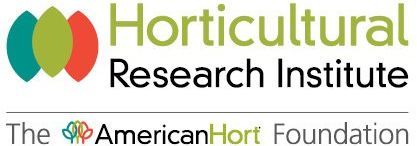Box Tree Moth Findings Confirmed in Canada
The Canadian Food Inspection Agency (CFIA) confirmed that box tree moth (BTM) was indeed found in three separate residential landscapes in Etobicoke, Ontario, a Toronto neighborhood in fall 2018. CFIA plans to assess the extent of spread and determine whether this is a transient, or not fully established, pest or if it is more widely distributed. Surveys and outreach efforts to educate the local public are planned as well. Control measures and future plans for delimitation will be coordinated among CFIA, the Ministry of Ontario, and the boxwood industry.
APHIS is still evaluating the need for a Federal Order requiring certification of boxwood entering the US from Canada; however, a Pest Alert bulletin was issued to ports of entry. Surveillance and monitoring along the border in addition to entry points will be heightened. Researchers are unsure how quickly BTM will spread in the US. Box tree forests do not exist here; so, less host material may (hopefully) translate to slower or less spread.
As with many insect pests, the most destructive life stage is larvae, or caterpillars in this case. Damage is caused by larvae feeding on leaves (aesthetic damage) and bark (physiological damage). Infestations are flagged by skeletonized leaves, frass deposits, and webbing created by caterpillars for protection during feeding and pupation. Adults are moths with a wingspan of about 1.5 inches, and wings are either white with a dark brown border or brown with small, white spots.
The ideal temperature range for BTM is from 70 – 92° F, but activities are known to occur outside this range. Eggs hatch when temperatures are at least 52° F, and larvae regularly survive winter temperatures below -22° F in parts of China. Depending on temperature and light levels, two to four life cycles per year are common in the EU; each lasts around 45 days.
The Horticultural Research Institute (HRI) continues to monitor BTM as part of its ongoing Boxwood Initiative. Outreach on emerging pests and diseases is another example of how HRI helps the industry stay informed on issues impacting their bottom line.
###
The Horticultural Research Institute (HRI), founded in 1962, has provided more than $7.5 million in funds to research projects covering a broad range of production, environmental, and business issues important to the green industry. Nearly $11 million is committed to the endowment by individuals, corporations, and associations. For more information about HRI, its grant-funded research, or programming, visit www.hriresearch.org or contact Jennifer Gray at 614.884.1155.
Share This Post






